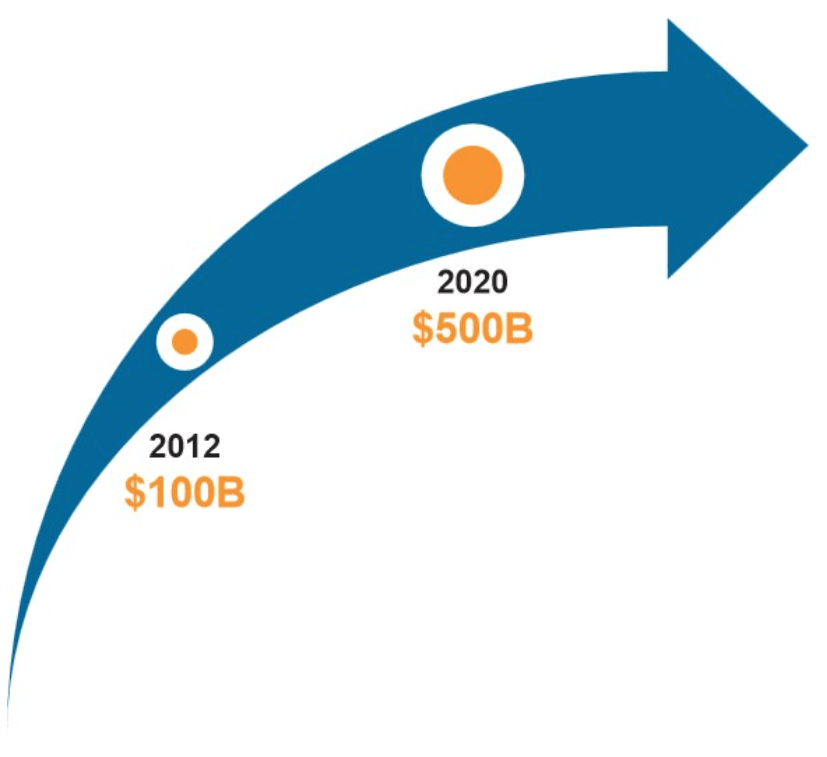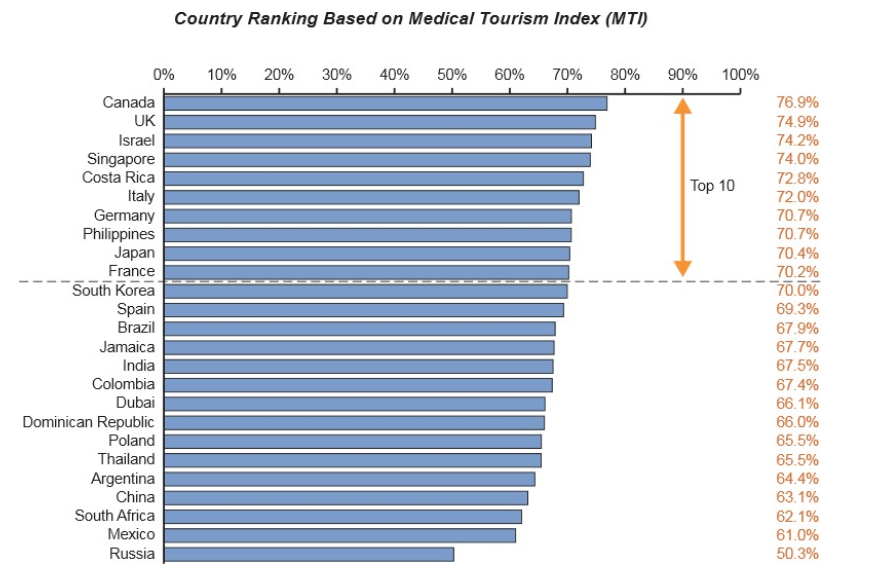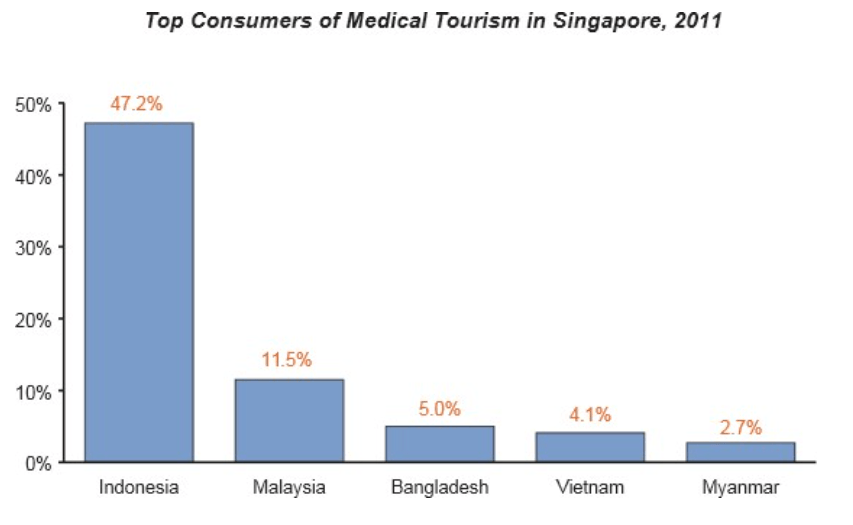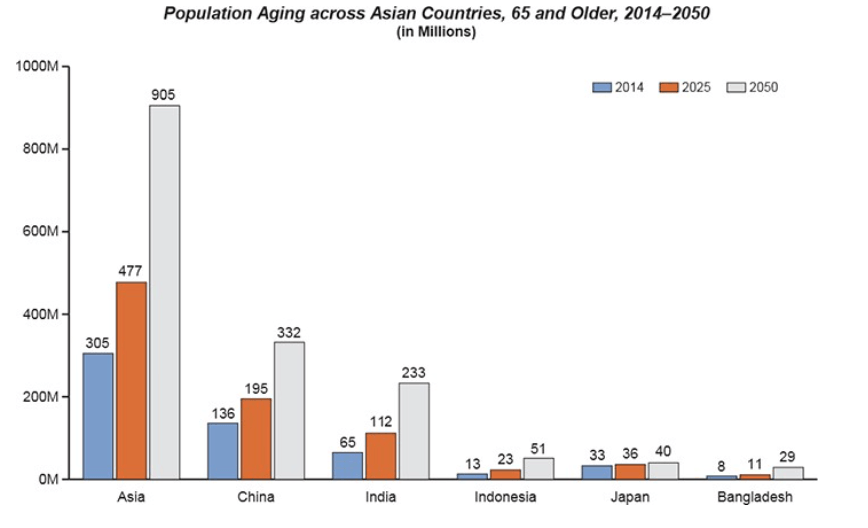Medical Tourism: What's Next for Asia?
Medical Tourism: What's Next for Asia?
Overview
The flow of patients across borders in pursuit of health and wellness is an age-old phenomenon. From the ancient Greeks who journeyed to Epidauria seeking the healing deity Asclepius to modern healthcare consumers with their calibrated itineraries combining both medical treatment and leisure, medical tourism has been a feature of the ages. The industry has, however, gained special traction in the 21st century. Today, ever-increasing numbers travel internationally for medical treatment, driven by the promise of quality care at an affordable price.
The figures are well worth considering. In 2008, the global medical tourism industry encompassed at least 35 countries, serving over a million medical tourists annually. Each of these “tourists” coughed up a tidy $7,500–$16,000 per medical visit. By 2011, the medical tourism market served at least 3 million tourists. Between 2012 and 2020, the market is set to expand significantly. While some revenue estimates remain conservative, there is no doubt that medical tourism is dramatically changing the landscape of healthcare service provision and consumption.

Source: “Sharing knowledge on topical issues in the Healthcare Sector,” KPMG International, May 2011.
Much of this growth expected in the years leading to 2020 may be attributed to the internationalization of techniques and procedures. Healthcare consumers now have the option of obtaining quality care with far shorter waiting periods at a fraction of the cost — a significant draw for the average medical tourist, who is either uninsured or underinsured.
A Sizable Opportunity Exists in Asia
The region to watch out for is Asia. As of 2012, Asia comprised 9% of the global market for medical tourism, a humble figure that belies significant growth potential. According to Patients Beyond Borders, destinations in Asia are among the most popular for medical tourism.

Note: The 2014 MTI ranks 25 top-performing countries from Africa, Asia, Central America, Europe, Middle East, South America, and North America. Overall country selection was based on three criteria:
1) The most important countries for medical tourism as identified in the popular press and the literature
2) The most important countries for medical tourism based on a global survey of 394 members from the Medical Tourism Association (MTA)
3) The most important countries for medical tourism based on a balanced geographical distribution.
Among the region’s most highly demanded service offerings are cardiology, urology, gastroenterology, dermatology, orthopedic surgery, neurosurgery, dental, and cosmetic surgery. A significant driver is the prospect of low-cost procedures delivered at international standards of care.
As of 2015, there are at least 439 hospitals across Asia accredited by the U.S.-based Joint Commission International (JCI). According to Patients Beyond Borders, individuals traveling to one of these providers in India, for instance, can expect a discount of 65%–90% on the cost of a comparable medical procedure in the U.S. In Thailand, a patient can expect a potential discount of 50%–70%. Even in Singapore, where the cost of living is measurably higher, medical tourists are offered a discount of 30%– 45% on the cost of comparable procedures in the U.S.3
Another reason for Asia’s popularity among medical tourists is the opportunity to satisfy individual needs on a spectrum from medical treatment to wellness tourism. On one end, there are service offerings aimed at treating or altogether curing a medical condition; ranging from extremely high-tech surgeries like transplants to relatively standard procedures such as hip replacements. On the other end, there are “fringe medical treatments” such as Ayurveda, acupuncture, and wellness spas for tourists who merely wish to maintain their health or prevent future medical problems. Prevention may be better than cure, as the adage goes, but the prospect of both is infinitely better.
Increasingly, success stories on the higher end of the medical cure spectrum have resulted in particular countries developing a reputation for specific procedures. India, for instance, is an emerging leader in the area of cardiovascular care, thanks to providers like the Fortis Escorts Heart Institute. Initially founded by U.S.-trained cardiac surgeon Naresh Trehan, Fortis Escorts is staffed by a team of Western-trained specialists who perform 4,000 heart operations annually, with a mortality rate of 0.8% and an infection rate of 0.3%.
The provider’s post-op statistics comfortably outperform the first-world averages of 1.2% and 1%, respectively. An open-heart surgery that might cost $60,000 in the U.S. is priced at $4,500 at Fortis Escorts. Like most other hospitals in the medical tourism industry, Fortis Escorts is also given to hospitality. To expedite the arrival and stay of overseas patients and their attendants, the provider supplies visa assistance in coordination with the Indian foreign office, makes lodging and travel arrangements, provides airport pickup and even facilitates sightseeing.
Currently, it is the patients from neighboring countries who make up the top five nationalities of medical tourists for any given destination in Asia.

Source: International Medical Travel Journal
Even as the region ages, rising income thresholds bode well for the market. The ASEAN countries — Indonesia, Thailand, Malaysia, Singapore, Philippines, Vietnam, Myanmar, Brunei, Cambodia, and Laos — currently make up the second-fastest growing economy in the region.
Between ASEAN’s consumer base of 626 million and the trillion dollar economies of China, India, Japan, and South Korea, Asia is well-positioned in terms of both the demand- and supply-side of medical tourism.

Source: UN, World Population Ageing: 1950–2050
While the region itself provides the best prospects in terms of demand, it is important to harness the market beyond Asian shores. The rapidly aging American population, for instance, represents a promising market for Asian providers. An estimated 16 million Americans plan to travel abroad for medical care by 2017, representing a potential $30–$80 billion in spending. Currently, these customers are looking towards geographically proximate locations like Canada, Mexico, Costa Rica, and Brazil. For many of them, the costs of trans-pacific travel and the quality of procedures are a concern. Herein lies a significant opportunity for Asian providers.
Stax’s Recommendations for Capturing the Market
There is a lot of potential for the Asian medical tourism market, but capitalizing on it will require providers to develop clear strategies for patient outreach, both within the region itself and outside. Stax brings both experience and expertise to healthcare providers attempting to navigate the medical tourism market. Having completed over 80 engagements across the healthcare delivery ecosystem in the last 2 years alone, our experience covers the spectrum from growth strategy to due diligence. We cater to service providers in a number of areas, including Healthcare Services & Facilities, Healthcare Technology, Pharmaceuticals & Dietary, Medical Services & Managed Care, and Healthcare Information & Exchange. To capture the medical tourism market, we recommend:
1. Knowing where to compete
The choice of geographic market is a key decision. In order to know how and where to compete, healthcare providers in Asia must understand their target customer and the feasibility of travel between regions. Patient outreach and marketing efforts will differ based upon whether the target customer is an uninsured/underinsured American looking for a cost-effective elective procedure coupled with a leisure trip or an Asian traveler seeking a quality surgical procedure unavailable within the geographic confines of their own country.
2. Developing clarity about the offering
Rather than a “Jack-of-all-trades” approach towards capturing the market, healthcare providers should develop clarity concerning the main offering. Primarily, providers need to focus on an area where they have a comparative advantage in terms of performance. India, for instance, has cultivated clear offerings and a strong reputation as a market leader in the area of cardiac care.
3. Increasing transparency
Patients have real concerns about the quality of medical care received in foreign destinations, as well as attendant medical risks. The only solution is for providers to increase transparency by collecting and sharing quality, comparative performance metrics in patient outreach. In our experience working with Healthgrades — the S.S. provider of information about physicians and hospitals to consumers — we discovered that the three most important things patients consider when selecting a doctor are experience (accuracy of diagnosis and frequency with which procedures of interest are performed), hospital quality (clinical outcomes of the hospital in question), and patient satisfaction (whether other patients recommend this doctor). As in the case of Fortis Escorts in India, countries and providers with well-documented registries of procedures, patient testimonies, accreditations, and performance data stand the best chance of showcasing their specialties and competing in the global market.
4. Being forward-thinking about partnerships
An important strategy is for medical providers to think ahead about partnering with government and other institutions in building a healthcare ecosystem that enhances innovation. Singapore, in particular, has been successful in this area: emerging as a test-bed for partnerships leading to sophisticated new medical offerings. A noteworthy example is the Tan Tock Seng Hospital’s (TTSH) partnership with Swiss medical technology company Hocoma AG to develop and optimize equipment for robotic rehabilitation therapy in neurological movement disorders.5By becoming the first regional center to adopt the latest version of the LokomatPro — a robot-assisted walking therapy device — TTSH is now positioned to offer robotics and virtual reality programs alongside conventional rehabilitation therapies.
5. Planning for aftercare
Aftercare is a vital component of the overall healthcare experience delivered to a patient. While providers must convince prospective customers about their experience and hospital quality, broader patient satisfaction also derives from what happens after a procedure. For the most part, the aftercare horizon will change based on the type of procedure sought. Compared to patients who receive dental treatment or a minor elective procedure, Asian providers will need to be proactive about associated patient follow-up and hospitality arrangements for medical travelers who undergo surgeries requiring a long recuperation period. For the customer, one of the perks of receiving healthcare in an Asian holiday destination is the prospect of convalescence in a resort environment. For the healthcare provider, it means exploring untapped opportunities within the hospitality sector.
By: Kumudu Gunasekera, Director, Stax, Mark Bremer, President, Stax & Piyumi Kapugeekiyana, Business Analyst, Stax
Read More
All Rights Reserved | Stax LLC | Powered by Flypaper | Privacy Policy






